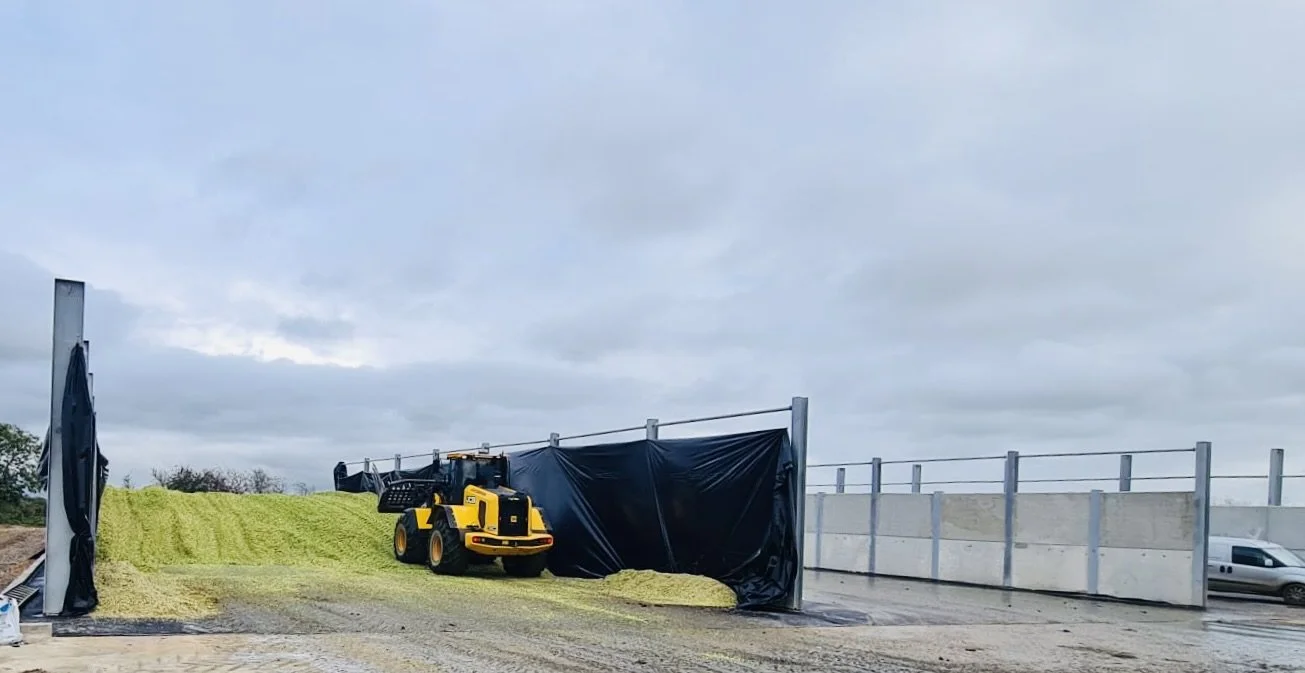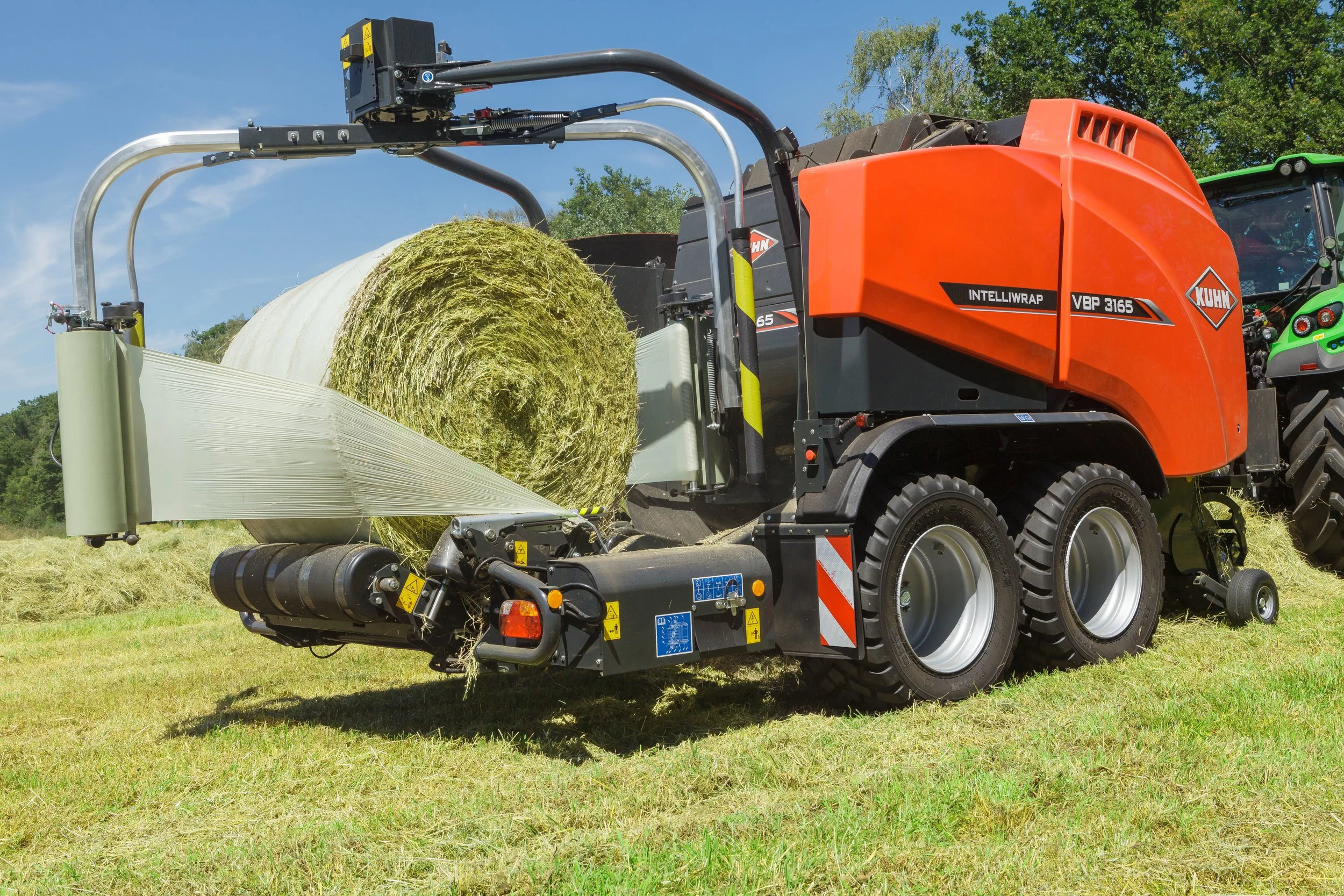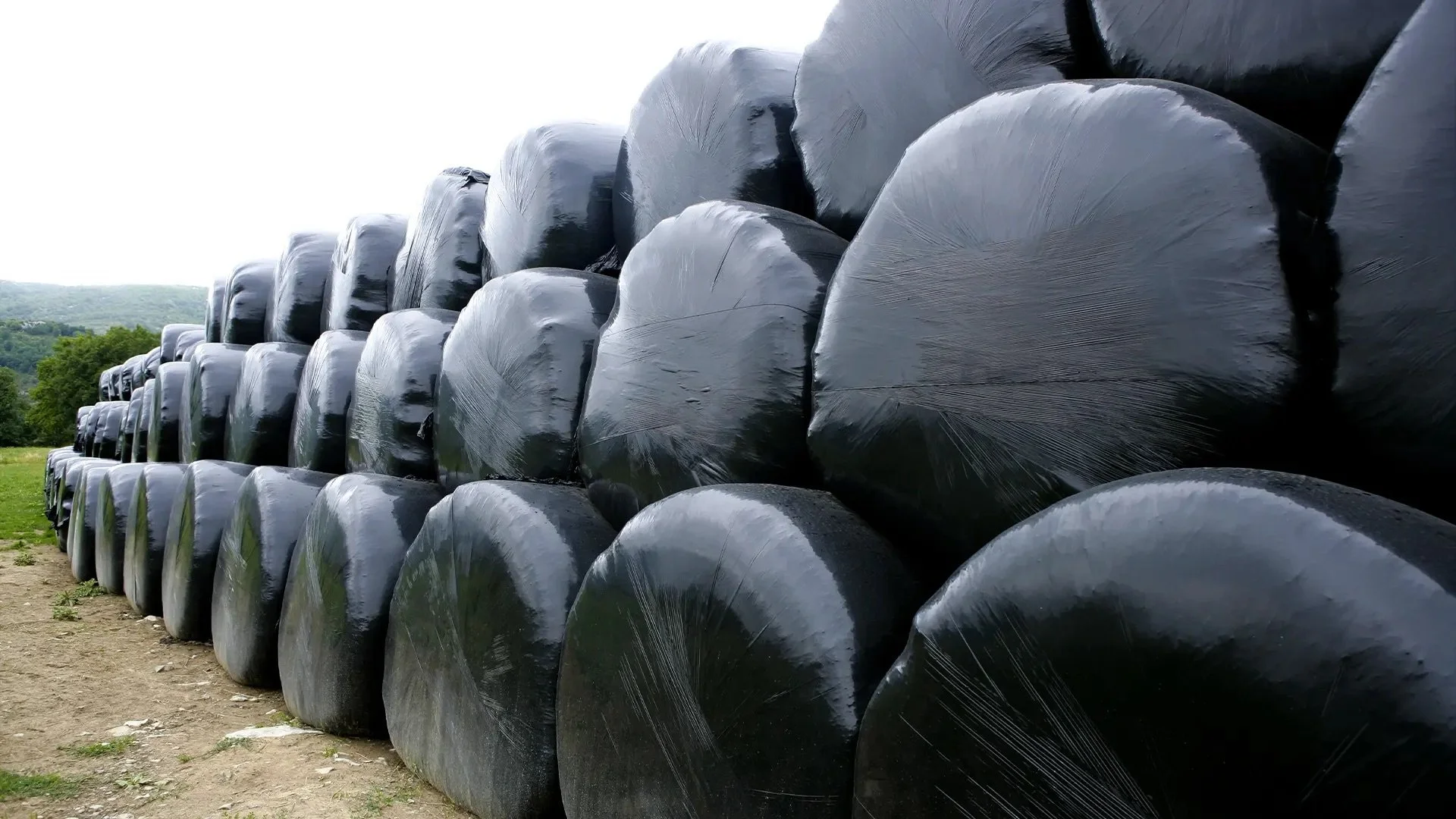Bale silage vs Clamp silage
Big bale silage is ever popular with livestock farmers; it’s silage in a handy pack size that can be made on a “field to field” basis at far lower capital cost compared to clamp silage. It is no surprise that estimates suggest two thirds of UK farmers produce at least some bale silage, even those with a clamp. Bite sized silage bales are first class for convenience but, when it comes to silage quality, bales are often considered as second class to clamp silage but is that fair?
Should you choose bale silage over clamp silage?
I guess this is really the question you might want to ask; why would you choose one system over another, what are the benefits of each? And why bales might be best or is it that the clamp is king - that sort of thing. Well it’s all to do with the balance between quality and price because there is usually some sort of relationship between these two. When making a purchase, it’s usual to expect a something extra if you are paying a bit more; like more performance or a more output. And it’s the same process when you are making an investment into a system, a more expensive solution has little appeal if it doesn’t give you some sort of additional return.
So does this mean that the cheaper alternative is the poor relation in the silage family; I don’t think that’s necessarily so. Bale silage is usually a cheaper alternative to clamp silage but it’s not fair to think of it as cheap and cheerful. Baled forage has the potential to produce the best of all silage for several reasons.
What’s so good about baled silage?
The individual nature of baled silage is its absolute trump card, and something clamps or bagged silage just can’t match. Firstly the bale is (or can/should be) made and wrapped within seconds. This means the compression and sealing and fermentation can start exactly when you want it to and this minimises the potential losses.
In addition, the nature of bales means your chances of making great silage are exactly the same irrespective of the scale of the harvest. In other words making 1 acre of silage should make just as good silage as 1000 acres because each and every bale is wrapped and sealed as it is made. Imagine opening a clamp to add 10 acres of extra forage - well you can’t because it’s unimaginable, you would just bale it.
Integrated baler and wrapper from Kuhn
The bale advantage doesn’t end once its wrapped either, because there are no feed face losses to worry about once you start feeding the silage. You can also access bales as and when you want them - so long as you stack them wisely. With a clamp you can’t get to the back until you have used the front!
What are the downside of silage bales?
Scale, cost and the environment might be the biggest issues. Scale is the bales big advantage, but it’s also its biggest drawback because feeding 1500 cows with bales might be just a bit too daunting. I mean can you imagine unwrapping 250 bales a day - and what would you do with all that wrap?
The wrap is also an issue that won’t go away. The environment is a growing concern and I’m not sure we have really got to the bottom of the impact of silage wrap. And it’s not cheap, and there is no sign it’s going to get more affordable any time soon.
With regard to feed quality and fermentation stability, bale silage can be your best friend one minute and your worse enemy the next. Bale silage is renowned for being variable but why?
Well mostly it’s because of that individual nature of the bale, each and every one ferments in a different way, because each one has a subtly different mix of bacteria. Whilst inside a clamp the fermentation is far more uniform as the bacteria all inhabit the same environment.
Silage bales wrapped in Silotite
The bale also has such a high surface area to volume ratio that there is much greater risk of spoiling due to a breach of the seal. This together with the facts that a wrapped bale is usually dropped onto the ground from a moving vehicle, then picked up and transported with metal machinery and stacked several high on bare earth. It’s no wonder that a puncture wound is a common injury.
That’s sounding negative, but we haven’t got to chop length yet - or to be more accurate, the lack of chop length. The chop length offered by a baler is not as effective as a forage harvester and most bale producers don’t chop as short as possible because it it can effect bale stability if the chop is short. Longer forage takes longer to ferment because the bacteria that do the fermenting need to get at the cell contents. These are protected by the plant epidermis (the outside layer of the plant) and it’s pretty much just the cut ends where the bacteria do their stuff. Shorter chop equals shorter fermentation times and less losses.
Is clamp silage better?
Well it can be better silage, but it might not be by the time you feed it. Beyond the cost issue, the big problem with clamp silage is the potential for feed face losses once you open it up and start feeding. The only real solution to this is to feed the silage quickly and that might not be possible for some situations.
Filling the clamp with MDE Rhino compactor
Silage clamps suit scale and with larger scale silage operations, clamps should make you the best silage. With scale comes cost benefits and silage made in really large volumes is generally cheaper if you make it in clamps. The size also minimises the risks from local breaks in the seal or from a bit of soil contamination.
Small scale bales then?
It’s no coincidence that bales are more common on smaller scale livestock operations, but don’t overlook some of the advantages if you’re a “clamp farmer”. Bales can be really handy for late cuts, or small areas of alternative crops likes peas or herbal leys.
Bale silage and the SSAFO regulations
Just because they are bales of silage and not clamps of silage, don’t think you can just stick them wherever you like. The SSAFO regulations regarding where you can actually store silage apply to ALL silage irrespective of what it is stored in. The rules about location are just the same for a new clamp as for a stack of wrapped bales.
If you want to discuss what type of silage making is best for you or would like to discuss any other aspects covered in this series, contact me at jeremy@silageconsultant.co.uk



